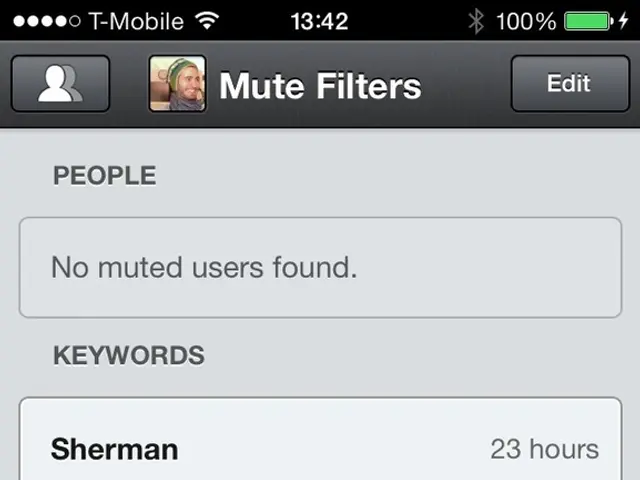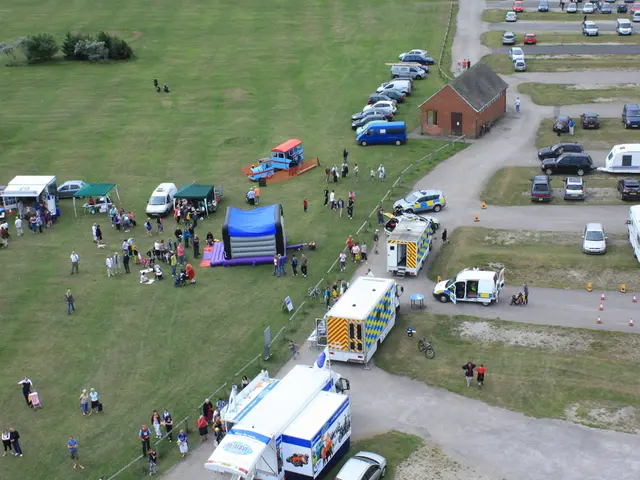Differences Between Storyboard and Shot List: Why They're Essential Together
In the world of filmmaking, two essential tools help directors and their teams bring their vision to life: shot lists and storyboards. These tools, while serving distinct functions, work together to ensure a video project is well-planned, clearly communicated, and executed with precision.
A Visual Blueprint: The Storyboard
A storyboard is a visual representation of a project, laid out as a sequence of drawings or images that show how the story will unfold shot by shot. It provides a visual blueprint that helps the director and crew understand the narrative flow, camera angles, and transitions, enhancing storytelling clarity and pre-visualization.
Each panel in a storyboard represents a specific scene or moment, often accompanied by notes about movement, dialogue, sound, and other details. Storyboards are a powerful communication tool, especially for people who aren't so familiar with technical jargon. They help visualize narrative flow, communicate the director's vision to the crew, explore pacing, composition, and transitions, and pre-visualize complex sequences.
Tools like Storyboard That, Canva, and Google Docs can be used to create stylish storyboards, making it accessible for small teams and solo creators. For those who aren't natural artists, Storyboard That offers a web-based tool that makes storyboarding fast and easy.
The Technical Guide: The Shot List
While the storyboard offers a visual guide, the shot list complements this by offering a precise and technical guide for filming each shot. A shot list is a detailed, organized inventory of every individual camera shot planned for a film, specifying technical elements like camera angles, movements, lens choices, and shot details.
On shoot days, a shot list functions as a roadmap for production, telling the crew what to shoot, when, and how. It helps producers allocate resources wisely, minimizing wasted time, keeping the shoot within budget, and ensuring all the necessary footage is captured.
A typical shot list includes scene and shot numbers, types of shot, camera angle and movement, subject/s in the frame, equipment needed, and notes or special instructions. Having a shot list makes it easier to prioritize shots based on location or lighting, schedule efficiently, and track progress, staying on schedule.
Working Together for Efficiency
Using both a shot list and a storyboard provides a comprehensive blueprint for everyone involved in the production. They save time and resources by identifying potential challenges before filming, promoting clear communication and coordination among the film crew, and ensuring the resulting footage matches the intended storytelling and visual style.
Storyboards come in early, often right after the screenplay is finalized, and are used as a creative exploration tool to start figuring out how the story will look visually. They are essential when working with clients, investors, and team members as they visually explain how the final project will look.
During the production process, storyboards are great for pitching a commercial concept to a client, collaborating with an art director on set design, and explaining timing and flow to an editor or animator. On the other hand, a shot list turns the intended flow of the story into a filming schedule that makes logistical sense.
For projects that involve spontaneous filming like documentaries or event coverage, a storyboard can feel too restrictive, and a flexible shot list helps guide filming without boxing in creatively.
In the next article, learn how to storyboard a video, a guide for creators and filmmakers. Follow us on social media for more content.
[1] Storyboarding: The Art and Technique of Visual Storytelling [2] The Art of the Storyboard: Visualizing the Movie in Your Head [3] The Complete Guide to Storyboarding [4] The Importance of a Shot List in Filmmaking [5] How to Create a Shot List for Your Next Film
- In the pre-production phase, storyboards are essential as they offer a visual exploration of the project's narrative flow, helping directors and their teams envision the film-production process.
- During the film-production, a shot list functions as a technical guide, ensuring that every shot is captured with precision, helping producers allocate resources wisely, and keeping the production within budget.




